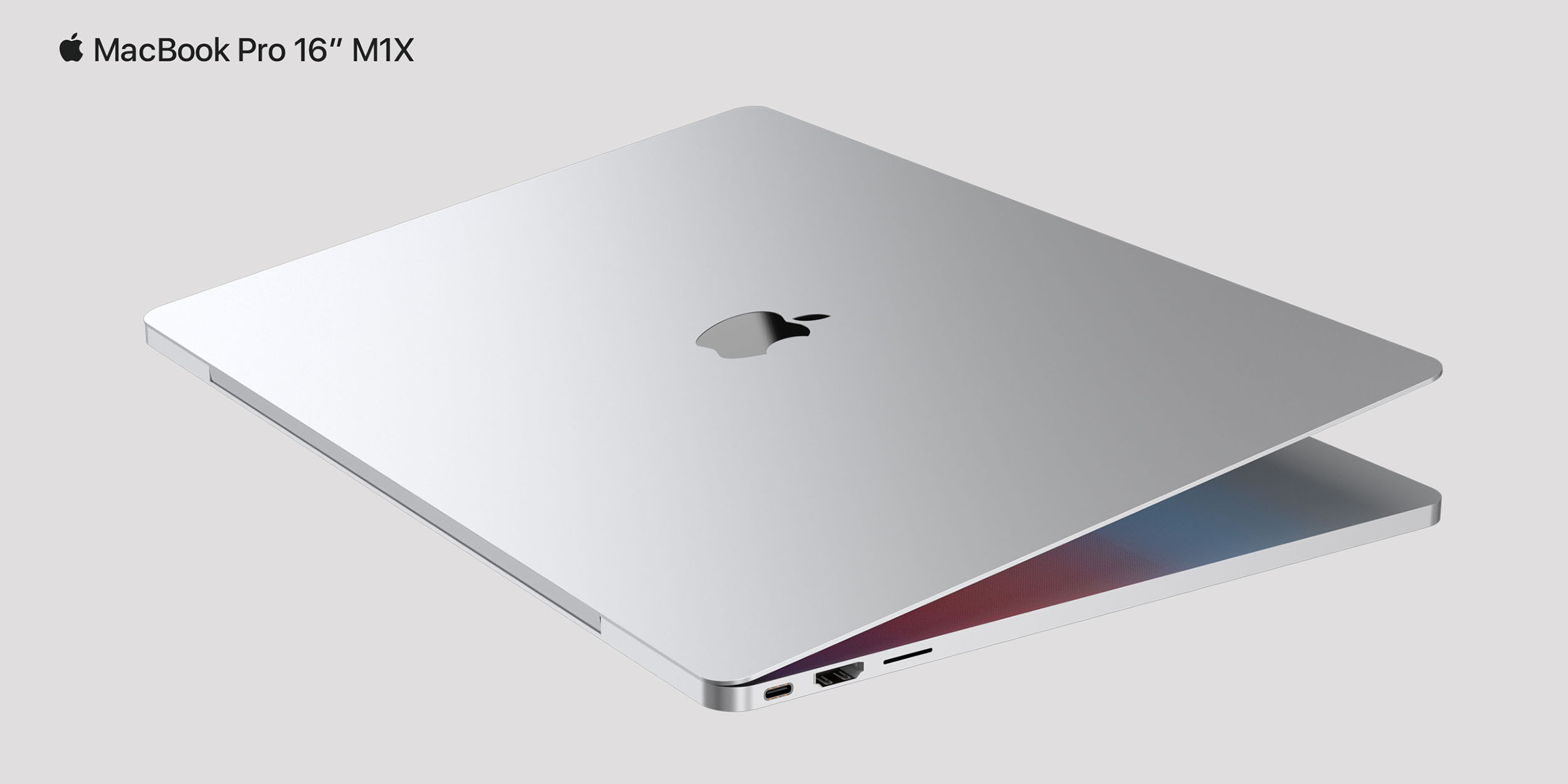

We got the same slow charger warning with an 87W MacBook Pro charger that we dug out when we used the Apple cable to plug in the Surface Book 2 when we swapped in the Infinity cable with that charger, it didn't charge at all. It didn't charge well with the 29W charger and the Apple cable unless we held it a certain angle but it did charge with the 29W charger and the Infinity cable, only with a slow charger warning. The Surface Book 2 was the pickiest device to charge by USB-C it charged with the Infinity cable and the 61W MacBook Pro charger we'd used with the other devices, but complained that the same charger was a slow charger with the Apple cable. Apple doesn't claim that it's a PD charger, just USB-C, but we were surprised that it didn't work when the older, 29W charger did. But the newer 30W Air charger couldn't power the Surface Go, the Pro X or the Surface Book 2 even with the official Apple cable, or with the Infinity cable. The older, 29W Air charger charged all our PD-capable devices whether we used the Apple cable or the Infinity cable. The Infinity cable could charge the Surface Go, the Surface Pro X, the MacBook Pro and the iPad Pro quite happily, when it was plugged into the Anker Power Port Atom III charger, the charger that came with the MacBook Pro, the iPad Pro charger or one of the two MacBook Air chargers we used. To try that out, we sat down with the Infinity cable, an official Apple cable, several USB-C chargers from Apple and Anker and a pile of devices - a Surface Go, a Surface Pro X, a Surface Book 2 (Core i7 and NVidia GPU), a 15-inch MacBook Pro and an iPad Pro. Infinity Cable: different tips attach via strong magnets, allowing one cable to support USB-A, USB-C (including Power Delivery), Lightning and Micro-USB.

That's all very like the UNO the difference is the promise of being able to charge a laptop as well as a phone or a fitness tracker. If you really like the cable, it's worth getting a few spare tips so you can use it with several devices without having to get the tip out each time. That leaves the tip in your device, so the little black tool for prising it out will come in handy unless you have strong nails. The magnets are strong - get the tip close to the cable and it snaps on securely, but if you yank on the cable the tip will come off before you pull your device off the table. The Infinity cable has USB-C on one end, with an optional ($5) USB-A adapter for when you need to use an older port the other end is a magnet with interchangeable connectors for USB-C, Micro-USB and Lightning. But the big change is that it supports PD up to 100W. The £46/$55 Infinity Cable (also from Chargeasap) has some nice tweaks: a cord wrap a smaller, less bright LED on the cable so you know when power is flowing but you don't get dazzled by your phone cable at night and the 15-year warranty that presumably inspired the name. That's why the UNO interchangeable cable we looked at recently didn't support PD, making it an almost, but not quite, universal cable. SEE: IT pro's guide to the evolution and impact of 5G technology (free PDF) And you need specific controller chips in the cable to support PD. Different protocols have different licencing requirements, so not every cable supports Thunderbolt. Some laptops have one USB-C port that supports the PD (Power Delivery) standard and one that doesn't, because that way you can use a cheaper controller chip and only have to route the power down one path on the motherboard. Don't waste your money on these Apple products: April 2022 edition.The top robot vacuums: Roomba isn't your only option.
#Mac pro usb ports not working after power surge android#
Samsung Galaxy S22 Ultra: Android flagships compared


 0 kommentar(er)
0 kommentar(er)
